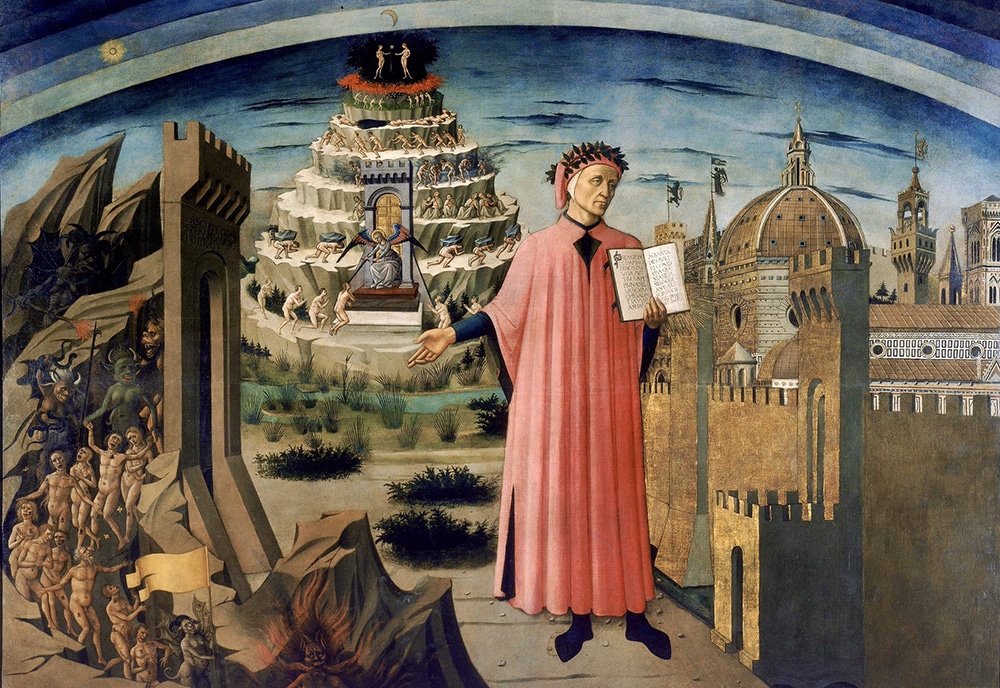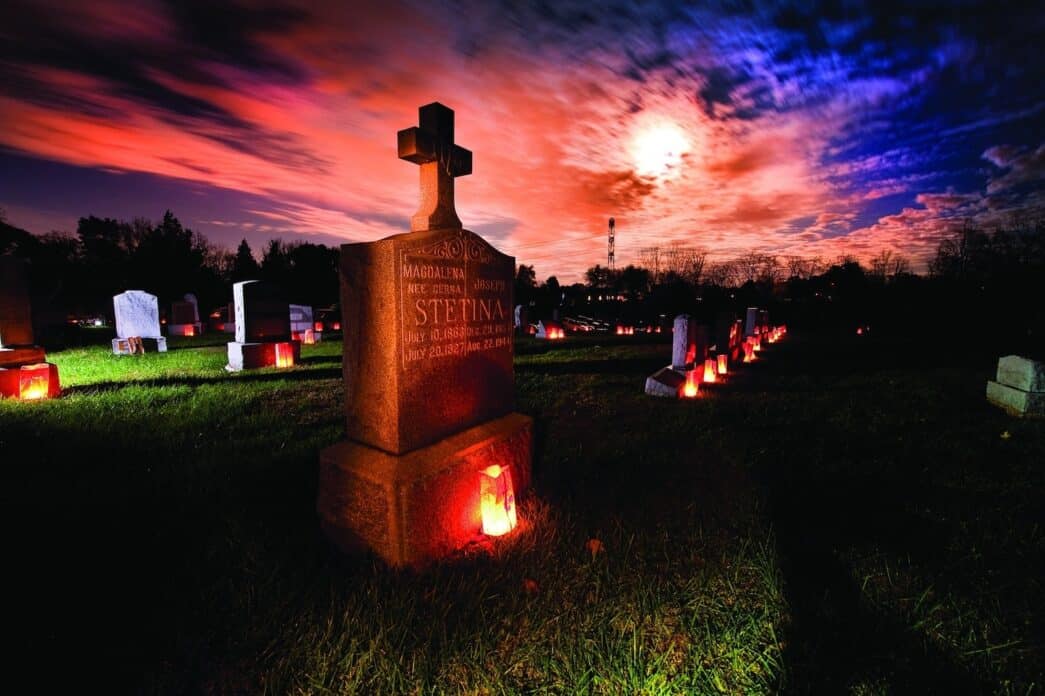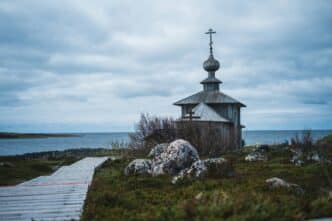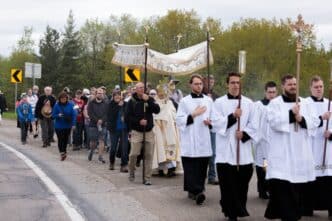“This mountain’s of such sort that climbing it is hardest at the start; but as we rise, the slope grows less unkind.”
The speaker is the Roman poet Virgil, Dante’s companion and guide in scaling the lofty mountain of Purgatory in the second book of Dante’s tour-de-force account of the afterlife, “The Divine Comedy.”
They’ve already paid a harrowing visit to the “Inferno.” Now it’s the turn of “Purgatorio,” where souls who need purifying are cleansed from the stain of sin. After that — heaven.
Note the neat bit of catechesis (one of many) that Dante, via Virgil, slips in casually: The great mountain of Purgatory — which the souls must climb — gets easier the higher they go.
Understanding purgatory
It’s good to think about purgatory as we approach All Souls’ Day — Nov. 2, the day after All Saints’ Day, when the Church reminds us to take special note of loved ones, family and friends who may now be in purgatory yearning to be on their way to heaven. We do them a great kindness by prayers and pious acts with the intention of reducing the time they must spend in that in-between state and speeding them on their journey to paradise.
Here is what the Catechism of the Catholic Church has to say about purgatory: “All who die in God’s grace and friendship, but still imperfectly purified, are indeed assured of their eternal salvation; but after death they undergo purification, so as to achieve the holiness necessary to enter the joy of heaven.”
“The Church gives the name Purgatory to this final purification of the elect, which is entirely different from the punishment of the damned.” And the text then speaks warmly of Masses, almsgiving, indulgences and acts of penance offered to help the “holy souls” move on to heaven (CCC 1031, 1032).
All Souls’ Day
All Souls’ Day, together with Halloween (All Saints’ Eve) and All Saints’ Day, formerly made up a triduum devoted to the remembrance of the dead (Allhallowtide). Now Halloween has largely been taken over by secularism while All Saints is firmly established as a holy day.
That leaves All Souls’ Day. Prayer for the souls in Purgatory also goes way back, but only in the 11th century did Saint Odilo, abbot of the great abbey of Cluny in France, establish All Souls’ as a November observance and make that date normative for other abbeys dependent on Cluny. Thereafter the custom spread widely in the Western Church.

Domenico di Michelino, Public domain, via Wikimedia Commons
Dante’s literary contribution
The literary landmark of All Souls’ Day is the “Purgatorio.” Like its companions, the “Inferno” and “Paradiso,” it is full of brief portraits of the souls, Dante’s incomparable image-making and a great deal of doctrine.
Here is part of Virgil’s lecture on love in Canto XVII:
As long as it’s directed toward the First Good
and tends toward secondary goods with measure,
it cannot be the cause of evil pleasure;
but when it twists toward evil or attends
to good with more or less care than it should,
those whom He made have worked against their Maker.
From this you see that — of necessity —
love is the seed in you of every virtue
and of all acts deserving punishment.
While we make a special effort on All Souls’ Day, you can pray for the souls in Purgatory any time. And I recommend that well before All Souls’ next year you get a good translation of “The Divine Comedy” (the one here is Allen Mandelbaum’s) with good explanatory notes. Read the text while studying the notes, then read the text by itself.








